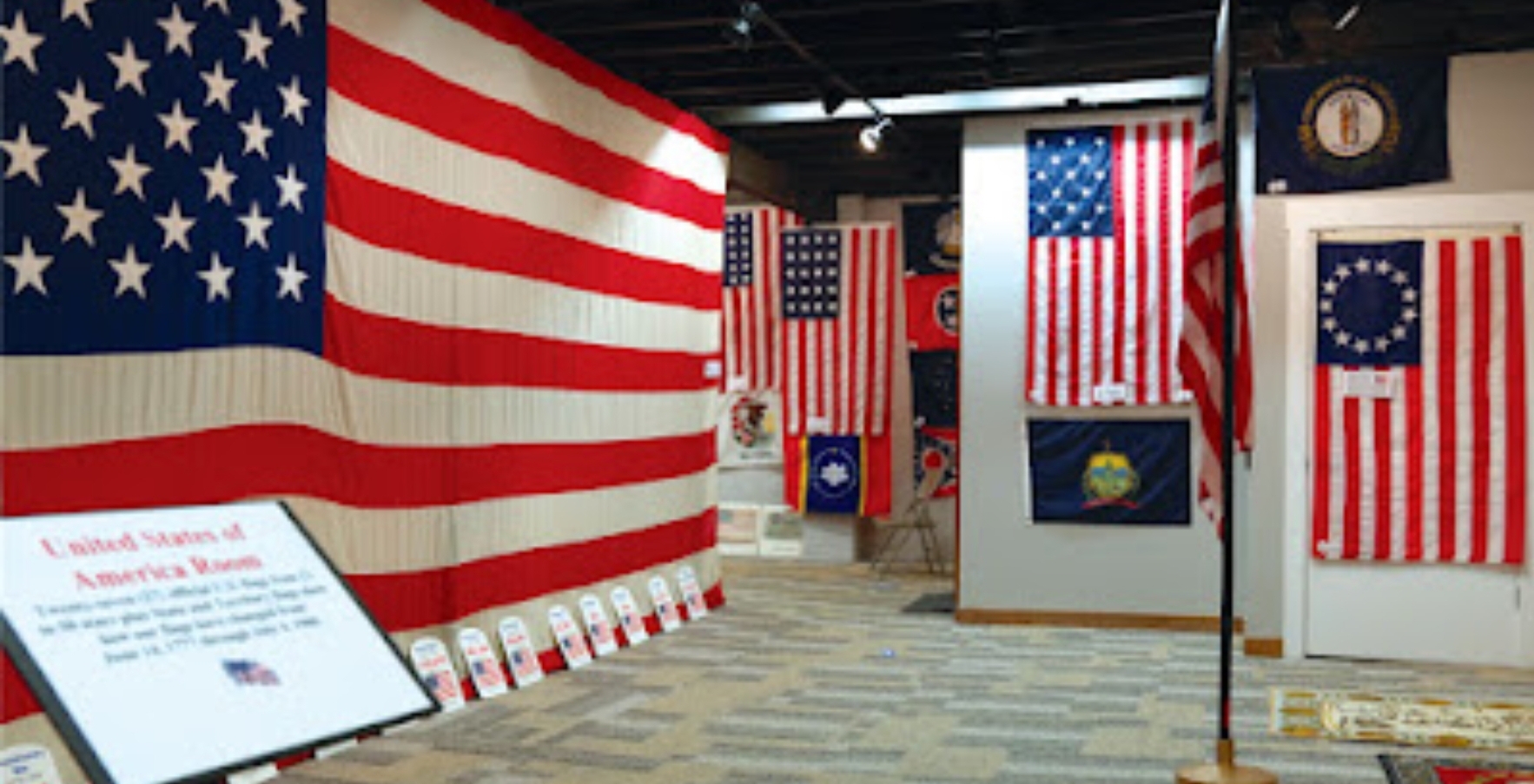Gold first discovered in Greenville County in 1802
Published 10:00 pm Tuesday, October 13, 2015
From the time gold was first discovered in Greenville County in 1802, every so often folks in the Dark Corner would hear reports of someone finding gold on their property in close by Glassy Mountain communities or in Oneal and Highland Townships.
Interest in finding gold was high, especially after hearing reports of a gold rush in the northeastern portion of Georgia around the Dahlonega area.
Around 1833, the largest gold deposit known and worked in the upper part of Greenville County was located some six miles south of Gowensville. It was on land owned by James H. Randolph who contracted with Lemuel Loftis to operate the mine.
The next year, Randolph sold the mine and his contract with Loftis to Vardry McBee of Greenville. For a while, it continued to be known as the Randolph Mine. Additional acreage was purchased and the mine eventually covered about 1,600 acres.
The land lay on both sides of the Middle Tyger River on both sides of Jordan Road, partly in Greenville County and partly in Spartanburg County.
About the time that the mine became known as the McBee Mine, a group of men that included William Fuller, H. Kestler, D.J. Goodlett and five others formed the Crain Gold Mine Company.
By 1859, the McBee Mine was known as Carson’s Gold Mine, and a mining engineer’s report stated that “veins, indeed, abound on the property, and some of them contain a little gold; but I much doubt their size, extent in depth and value, and shall only be too happy to find myself mistaken.”
Some 50 years later, another mine on the Middle Tyger River was known as Cureton’s Mine. It yielded some ore deposits that were evaluated. The engineer’s report noted that “selected samples afford irregularly high returns of gold; the property itself is entitled to deeper exploration than has yet been undertaken.”
Around 1876, Manly Bright bought land on Wild Cat Creek of the South Tyger River in Highland Township. The 144-acre tract was found to contain gold veins. However, the gold in the veins was very small in quantity.
Better gold prospects were discovered on nearby lands of William Dickey, M.L. Brown, Mitchell Hightower and the Westmoreland family. Some of these deposits were worked, although imperfectly, so that considerable portions of the veins remained.
About 1891, folks near Vaughn’s Creek of the North Pacolet River flowing into North Carolina began calling one of the branches flowing into Vaughn’s Creek, Gold Mine Branch because of trace gold that had been found in it.
Other gold deposits were discovered on Glassy and Hogback Mountains, none of which proved to be sufficient to warrant the expenditure for mining operations.
I do recall, however, a strong sense of pride that juniors and seniors of Campobello High School felt, in April of 1951, when they discovered a fist-sized piece of gold ore in the Washington, D.C. Museum of Natural History that was labeled: “Gold Ore from Hogback Mountain, South Carolina.”





